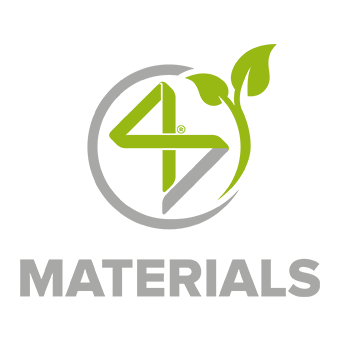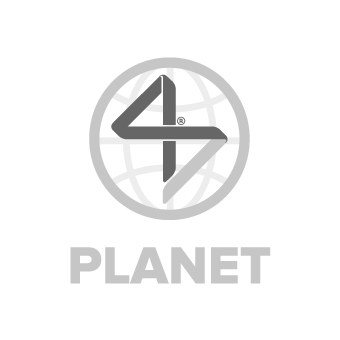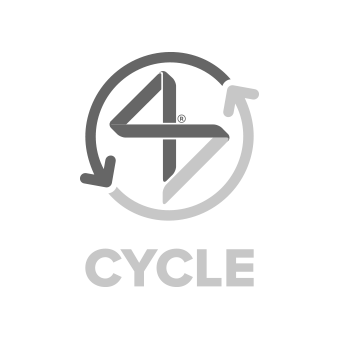
Manifattura Italiana Cucirini SpaID Nr. 4S-100376e-report version 3.0

Manifattura Italiana Cucirini Spa is the expression of an entrepreneurial history in textiles of over 100 years, specialised since the second half of the 20th century in the production of yarns for the fashion and clothing industry. With a growing international presence, particularly in Europe and North Africa, the group has expanded its product range, successfully entering the knitwear, tannery, footwear and furnishing sectors, offering articles with special features for industries whose uniqueness requires specific solutions. Quality and sustainability are integral part of the vision of MIC, which since long time is committed to reducing its environmental impact thanks to cutting-edge machinery, the use of recycled and recyclable packaging, the renewal of photovoltaic and water purification systems, and proposing new sustainable solutions to the fashion market, adding to its product range GRS certified recycled polyester yarns, accelerated biodegradability nylon yarns and since 2008, GOTS certified organic cotton.
www.micspa.com
4SUSTAINABILITY® COMMITMENT
Growth and sustainability are the factors for which we want to stand out, founding our strategy on the belief that ethical approach should characterize our business model. We firmly believe there cannot be a long-term economic development without a social and environmental development.
Inspired to and aligned with the Sustainable Development Goals set by the United Nations in the 2030 Agenda (SDGs), we’re committed to contributing to the generation of global positive change, assuming a clear environmental and social responsibility.
We do it concretely by joining the 4sustainability® roadmap, making the values and action programs it embodies our own, committing ourselves to starting a virtuous change journey in our business model, through one or more initiatives that we tell in this e-report.
this initiative contributes to the following UN Sustainable Development Goals



DATA REFERENCE PERIOD
from 01/07/2022 to 30/06/2023
LAST ISSUE DATE
18/12/2023
IMPLEMENTATION LEVEL

the implementation level is defined after the assurance process following the achievement of the protocol’s minimum requirements and is reviewed annually
The company has completed one or more certification processes, but the relating trademarks cannot be published yet.
20%
percentage of sustainable materials sourced
INPUT
The input percentage indicates the proportion of raw materials with recognized sustainability attributes. The calculation is performed by mapping the purchases made during the year and highlighting the share-volume of the sustainable ones based on the positive attributes as defined in the 4s Materials Library.
BREAKDOWN OF SUSTAINABLE MATERIALS BY TYPE OF FIBRE
65%
percentage of incoming sustainable packaging
SUSTAINABLE PACKAGING
The sustainable packaging indicates the amount of primary or secondary packaging material for which the producer employed techniques and input factors that lead to an improvement in environmental performance.
INPUT
The input percentage indicates the proportion of chemical products that are approved by sustainability standards. The calculation is performed by mapping the chemical inventory during the year and highlighting the number of chemical products compliant with the sustainability requirements of 4sustainability Materials protocol.
16%
percentage of incoming chemical products approved by sustainability standards
83%
percentage of chemical processes approved by sustainability standards
INPUT
The input percentage indicates the proportion of chemical processes that are approved by sustainability standards. The calculation is performed by mapping the processes carried out internally by the company during the year and highlighting the ones compliant with the sustainability requirements of 4sustainability Materials protocol.
OUTPUT
The output percentage indicates the share-volume of the items in the designed and manufactured collection with recognized sustainability attributes, calculated in terms of the overall production.
20%
percentage of the volume of sustainable items sold
elimination of toxic and harmful chemicals from production cycles in line with the ZDHC Roadmap to Zero Programme
this initiative contributes to the following main UN Sustainable Development Goals



IMPLEMENTATION LEVEL

the implementation level is defined after the assurance process following the achievement of the protocol’s minimum requirements and is reviewed annually
The company has adopted the ZDHC MRSL for eliminating toxic and harmful chemicals from its processes and the 4S PRSL for raw material control. It has also implemented all the ZDHC CMS TIG requirements on internal and external processes.
87%
the percentage indicates the overall level reached through the implementation of 4s CHEM protocol requirements
ASSURANCE PROTOCOL
PRODUCTION VOLUMECOVERED BY MONITORED CHEMICAL INVENTORIES
99%
percentage of internal and external production volumes monitored through chemical inventory assessments
INTERNAL CHEMICAL INVENTORY EVALUATION
chemical inventory compliance percentages by self-declarations and by escalating ZDHC levels
WASTEWATER TESTING
ZDHC MRSL parameters following ZDHC Waste Waters Guidelines
wastewater compliance percentage; when in presence of “doesn’t meet requirements” slice, a Root Cause Analysis (RCA) has been performed and uploaded in ZDHC Gateway Waste Waters Module
PRODUCTION VOLUMECOVERED BY WASTEWATER TESTING
99%
percentage of internal and external production volumes whose wastewater has been tested following ZDHC Waste Waters Guidelines
this initiative contributes to the following main UN Sustainable Development Goals



DATA REFERENCE PERIOD
from 01/07/2022 to 30/06/2023
LAST ISSUE DATE
18/12/2023
IMPLEMENTATION LEVEL

the implementation level is defined after the assurance process following the achievement of the protocol’s minimum requirements and is reviewed annually
The company has implemented a track & trace management system. If there are outsourced processes and raw materials purchases, the company has also involved its suppliers on sustainability performances data collection, implementing a rating system to push them towards continuous improvement.
ENGAGEMENTBY CATEGORY OF SUPPLIERS
SUPPLIERS INVOLVEDon chemical management issue
100%
percentage of suppliers involved in the implementation process on the total number of mapped suppliers
RAW MATERIAL SUPPLIERSASSESSED
100%
percentage of suppliers whose data have been collected
RAW MATERIAL SUPPLIERS' RATING
PROCESS SUPPLIERS' RATING
PROCESS SUPPLIERSASSESSED
100%
percentage of suppliers whose data have been collected







